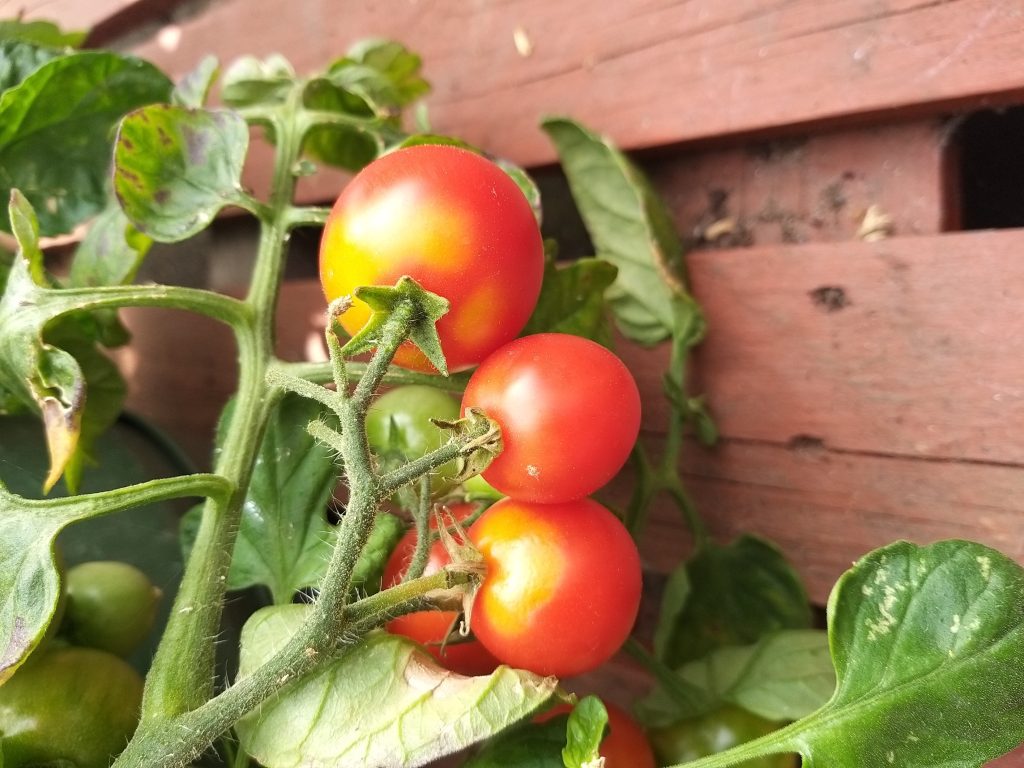To the Cuckoo
In April, Come he will. He sings all day.
In June, He changes his tune.
In July, He prepares to fly.
In August, Go he must.
William Wordsworth
By Gordon the Gardener
Crops will now have caught up in the heat of July – as long as watering was attended to every day almost.
Lettuce when ready can be cut and used, keep well-watered which prevents them bolting. More sowings can also be made.
Carrots need to be watered but give it sparingly little by little and avoid giving a lot of water all in one go which can cause the carrot roots to split.
One plant I have tried this year is a cauliflower called ‘Graffiti.’ It is an F1 hybrid which has beautiful vivid purple curds.
The variety has good heat tolerance which is just as well with the heat we had in July. I recorded 41C on July 19 but having worked in many heatwaves through the 1970s, 80s and 90s, I won’t be panicking.
The cauliflower is not the easiest of vegetables to grow – but is well worth a try. Land should be well prepared. Incorporate manure and fertiliser such as fish blood and bone. Lime can be added as well.
Firm the soil down hard then plant 18in apart. Firm well in. When growing on they should be given a few liquid feeds. When cooked it turns to shade of mauve and tastes delicious.
Sweet peas are in full bloom and need to be picked regularly, kept moist and fed to keep them flowering. Also remove the tendrils at every leaf branch tip which sends the energy to the plant’s flowers.
Lawns have a remarkable power of recovery. They can go brown during hot drought conditions and when the rains come they spring back to life, making watering superfluous.

Tomato problems can be avoided by with few simple steps. Blossom end rot and greenback, both are caused through excess light and too high temperatures and insufficient potassium. Apply shading and high potassium tomato liquid fertiliser.
Intermittent watering is another issue that can be avoided by not letting the plants dry out. If they do go dry don’t give them a large amount of water all at once – give a little and then give more later. This will prevent the skins from splitting, which is another common problem.
Now is the time to propagate shrubs with semi-ripe cuttings taken in August and September from new growth that has developed over the spring and summer and just started to harden up (but not yet turned woody).
Shrubs such as Berberis, Camellia, Ceanothus, Erica, Hebe, Viburnum and many other types can be taken from growth 2in to 3in long (5-7cm) and inserted into a mix of 50/50 multi-purpose and horticultural river sand and placed in a cold frame to root.
READ MORE: Catch up on Gordon’s monthly gardening blogs HERE
Peleogniums (geraniums as they are often called) can also be propagated in a similar fashion. They will root readily at the end of August/September, as will fuchsias.
These cuttings will produce plants ready for next year. Continue to deadhead flowering plants. Prune all summer flowering shrubs once the blooms are finished.
Keep cutting dahlias and keep well tied and staked. Early flowering Chrysanthemums will be making progress now to flower in September.
Hanging baskets will also keep flowering longer, if given liquid feed.


















